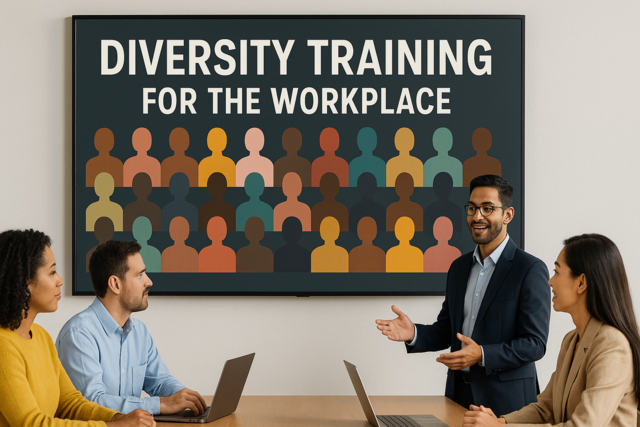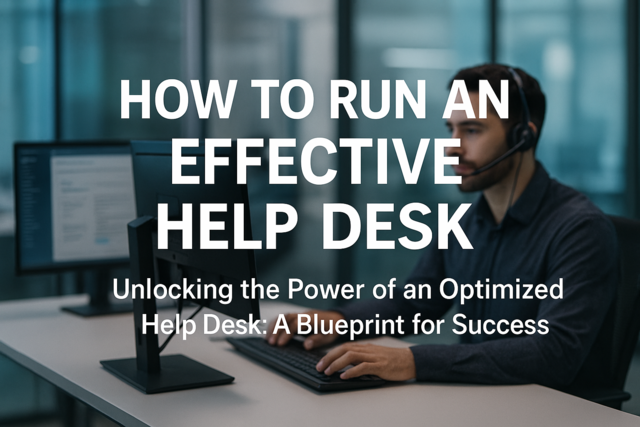Common Workplace Hazards
With planning and taking safety precautions, most workplace hazards can be avoided for the most part. But if you work in a position that does toxic clean-up, you may not be able to avoid being exposed to those hazards. However, you still will have safety precautions to take that will minimize the risks of injury or illness. Much of workplace safety comes in the inspection and planning periods so that the right protocols are put into place and then followed up on to ensure they are being used correctly.
Did you know?
According to the National Institute for Occupational Safety and Health, the number of women in the workforce has greatly increased over the last 50 years, going from 34 percent to 60 percent. They report that women have more work-related cases each year of carpal tunnel syndrome, anxiety and stress disorders, and tendinitis and respiratory diseases. Women also may experience increased pressure and stress due to sexual harassment, issues in trying to balance family and work, and handling heavy workload demands.
Chemicals - A wide variety of health hazards can arise from exposure to chemical substances. The chemical hazards can be in the form of gases, dust, fumes, corrosives, solids, vapors, and liquids. Those in the workplace can be exposed to them through inhaling them, ingesting, or absorbing them into their bodies. Chemical hazards can be present at all types of job settings and can create serious health risks. It is important to always follow the correct safety protocols when using chemicals to help make their use safer.
Material Safety Data Sheets (MSDS) are an important part of any workplace. Any time chemicals are used, there needs to be a MSDS. This sheet explains the risks, proper usage and storage, and emergency measures to take, should they be needed.
Electrical hazards are another primary concern for workplaces. Any power cords that are fraying or worn can be a risk. It is advisable to keep at least 10 feet away from power lines that are energized and ensure that all electrical equipment is in good working order and grounded before being used. Electrical work should only be conducted by qualified individuals to avoid problems later.
|
Fire is a common workplace safety issue. Fire poses a risk, which can be greater, depending on the type of field one is working in; but it's a risk that everyone must be aware of. All workplaces should have properly working fire extinguishers that are placed in areas that employees will know about. There should also be an emergency escape route at the workplace and the company should have a couple of short fire drills per year to ensure that people know where the extinguishers are and can follow the escape route. |
Helpful Tools
The United States Department of Labor offers additional information on protecting workers from fire hazards. Check out this site for information on fire exit and extinguisher requirements, developing a fire emergency and prevention plan, and more.
Asbestos is a workplace hazard that many people are familiar with. It poses a big health risk and it is also highly regulated. OSHA estimates that 1.3 million employees that work in the construction and general industry are exposed to a significant amount of asbestos on the job each year. The heaviest exposures to it are those working in construction, especially those that are in demolition and renovation. However, a lot of manufacturing employees are also exposed to it during the making of friction products, insulation, paints, coatings, plastics, textiles, and other building materials. They are also exposed to it during clutch and automotive brake repair work.
Did you know?
According to National Cancer Institute, about 70 to 80 percent of those with mesothelioma have a history of working around asbestos. In fact, working with asbestos is the major risk factor for mesothelioma, which is a cancer of the mesothelium, a membrane that covers and protects most of the body's internal organs. The symptoms of mesothelioma often do not appear for 30 to 50 years after exposure to the asbestos.
Workplace Emergencies
- Floods
- Hurricanes
- Tornadoes
- Fires
- Chemical spills
- Civil disturbances
- Workplace violence
- Toxic gas releases
- Radiological accidents
- Explosions
They may not be issues that you have to deal with frequently, but they can pack such a powerful punch that not being prepared can lead to much more damage. Since thinking logically during an emergency is usually harder, it is important to have a plan for how to handle emergencies. To do this, work with a few other employees to brainstorm the worst possible events they could see happening at your workplace. Once you get those scenarios down, write a plan on how it could be addressed. Doing this is part of putting together an emergency action plan. The emergency action plan should address any possible emergencies and how your employees should respond.
When creating your emergency action plan, you should include the following:
-
how to report fires and other emergencies
-
what the evaluation policy and procedure is
-
emergency escape routes and procedures, along with building floor plans and maps, as well as marked safe areas
-
the name, title and department of those in your office who should be notified in the event of an emergency
-
procedures on how to perform or shut down plant operations that are critical
-
how to administer emergency rescue measures (e.g., CPR instructions)
-
a designated location where employees should meet after an evacuation
Hazardous Clean-up & Communication
Sometimes the small things in the workplace can amount to big problems if not handled correctly. Since people spend so much time at the computer, it is important that they follow proper safety guidelines to try to minimize the impact and lessen the risks. There are other factors that can contribute to workplace safety hazards as well, such as working the midnight, or graveyard, shift.
| Feeling the Fatigue |
Fatigue is the feeling of tiredness, exhaustion or lethargy. However, it is not the same as drowsiness, which is having a feeling that you need to sleep. Fatigue is more of lacking motivation and energy and most of us have suffered from it one time or another. There are conditions that can help bring about fatigue, such as allergies, anemia, depression, sleep disorders, and drug use. It can also be brought on by physical exertion and emotional stress. Additionally, some people become fatigued out of boredom and a lack of sleep.
According to a January 2007 study in the Journal of Occupational and Environmental Medicine, almost 40 percent of workers in the U.S. experience fatigue. They also reported that this came at a cost of billions of dollars to businesses because of lost productivity. For those employees who feel fatigue, 66 percent of them lose 5.6 hours of productivity, compared to 3.3 hours for their co-workers who do not feel fatigue. Employees who are feeling fatigue may not only be costing a company money due to lost productivity, they may also not be as alert as they should be, which can lead to workplace accidents. If you have employees that are experiencing fatigue, they should speak with a doctor for an evaluation to determine what is causing it and the best route to take to alleviate it. Because fatigue is related to such a loss in productivity, it is important for workplaces to address the issue.
| Computer Eye Strain |
|
Computer eye strain can be a very important issue to address at work. The sheer numbers of people who work on computers in the workplace make it a point worth repeating and addressing. Those who use computers intensely can easily suffer from eye strain. While it isn't usually a serious problem, it can be uncomfortable. |
|
Carpal Tunnel Syndrome (CTS)
|
Carpal Tunnel Syndrome (CTS) has become a more common problem in the United States and it costs businesses a lot of money each year. In fact, the problem has led to an average of 23 days per year of time off for those who suffer from it. According to the U.S Department of Labor this amounts to about $2 billion per year. It is estimated that almost 4 percent of the public suffers from the condition in the U.S.
The wrist is made of small bones that form a carpal tunnel, or groove. The median nerve passes through the tunnel from the hand to the forearm. The nerve is responsible for controlling sensations and feelings in the palm side of your fingers and thumb. When there is recurring pressure put on the nerve, it can lead to swelling, tingling, pain, and a loss of strength in the hand and wrist. People can be affected in both hands, while more often it is in their dominant hand.
While some people may be genetically predisposed to the condition, they can get it from pregnancy or a number of other medical conditions. It is often a result of repetitive movements on the job, or in doing some hobbies. Left untreated it can lead to permanent nerve damage.Treatments include rest, so that the person is not doing the repetitive motion for a while, a wrist splint, medication, physical therapy, and surgery. The treatment depends upon the severity of the condition when diagnosed.
To prevent CTS, it is recommended by the U.S. Department of Health and Human Services that people:
- Ensure the workspaces are at the correct height and position so that it is comfortable for the person.
- Take breaks to keep the wrists from swelling.
- Vary tasks so that you are not doing the same thing all the time.
- Relax your grip so you are not holding anything tightly, which could cause a strain.
- Exercise the hands and wrists after using them by doing flexing and bending movements.
- Keep the muscles warm, even if it means wearing fingerless gloves.
| Posture Counts |
| Working the Midnight Shift |































